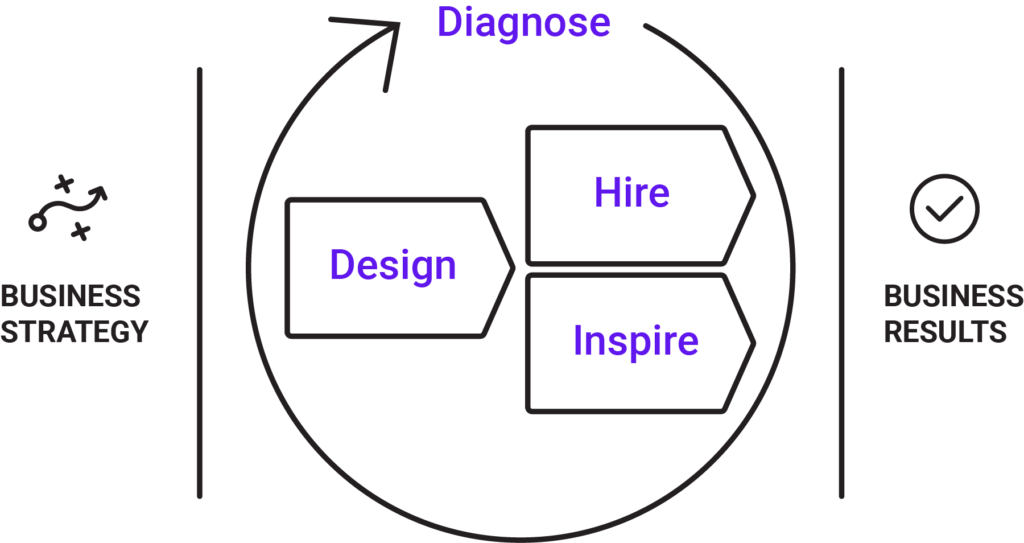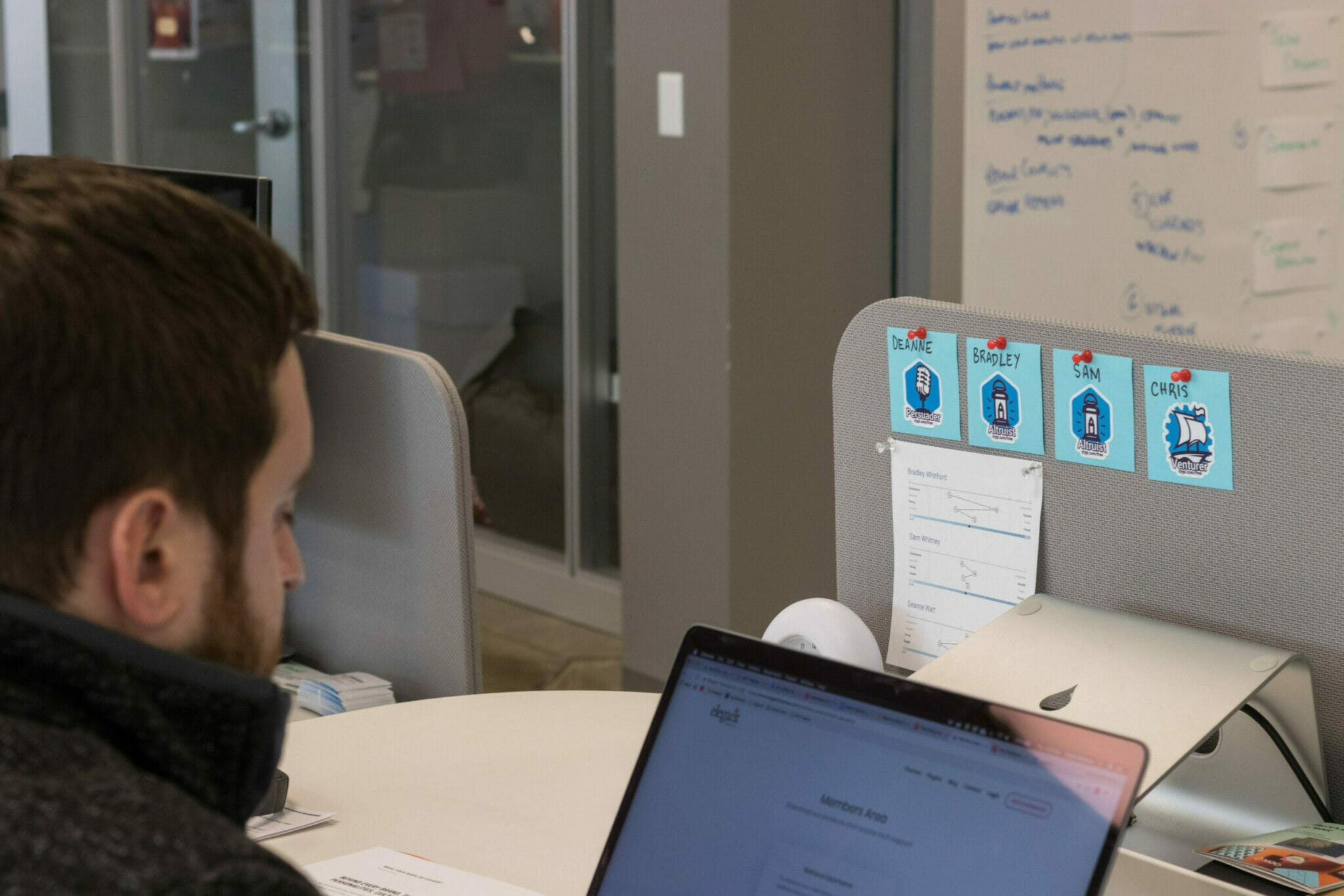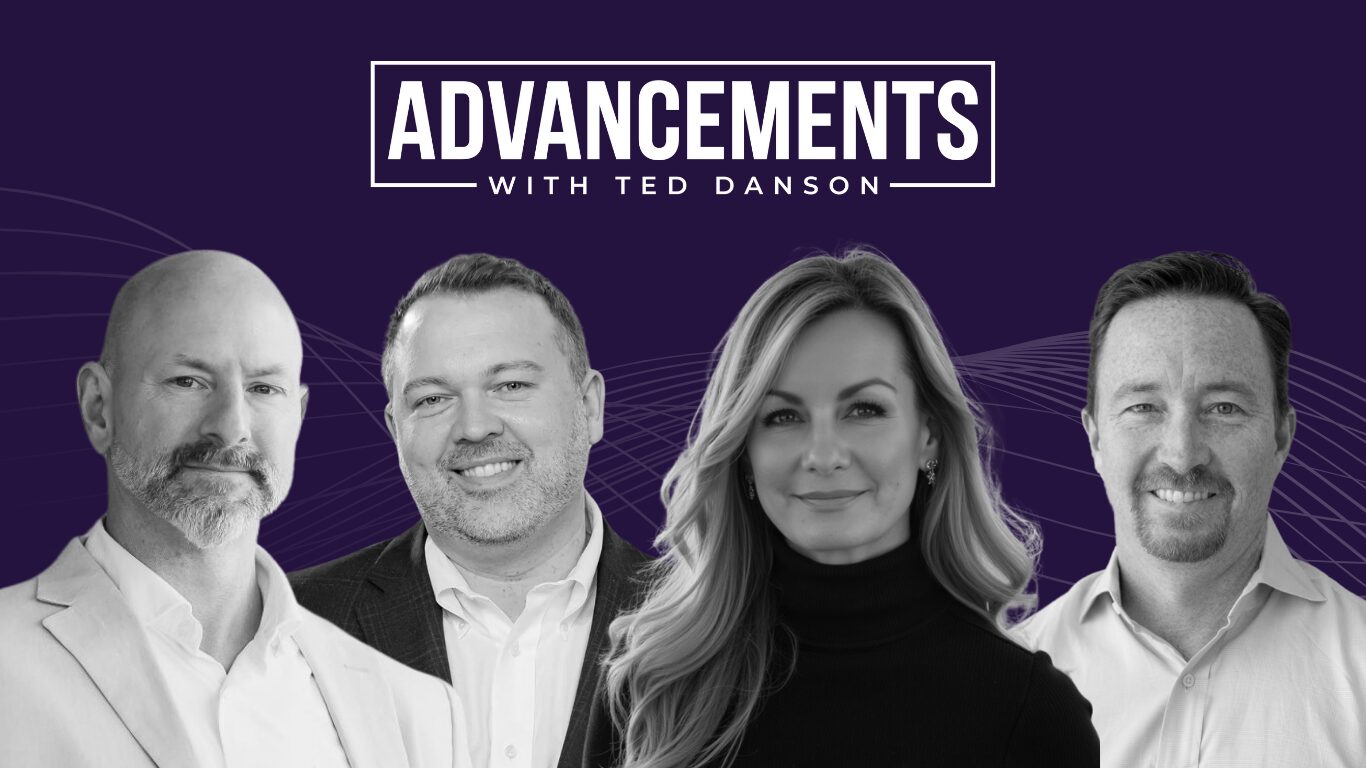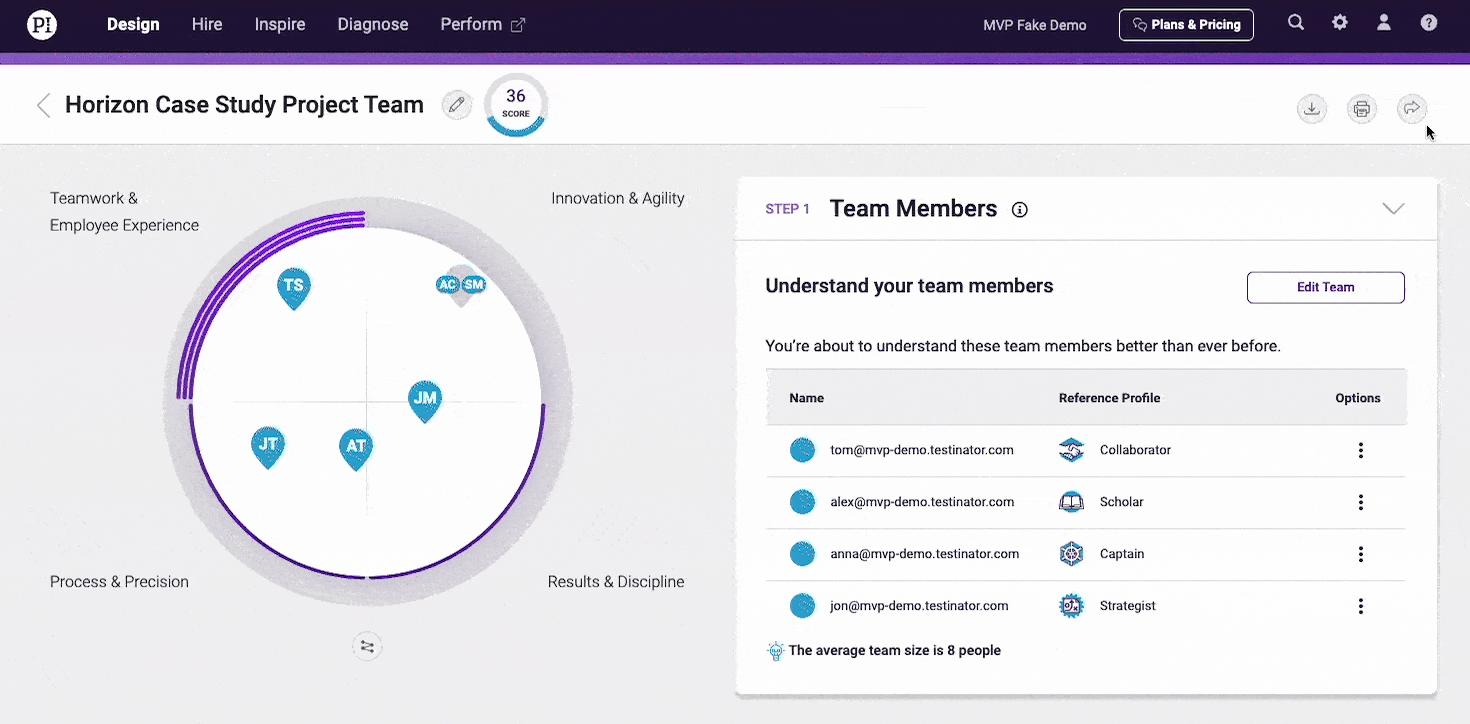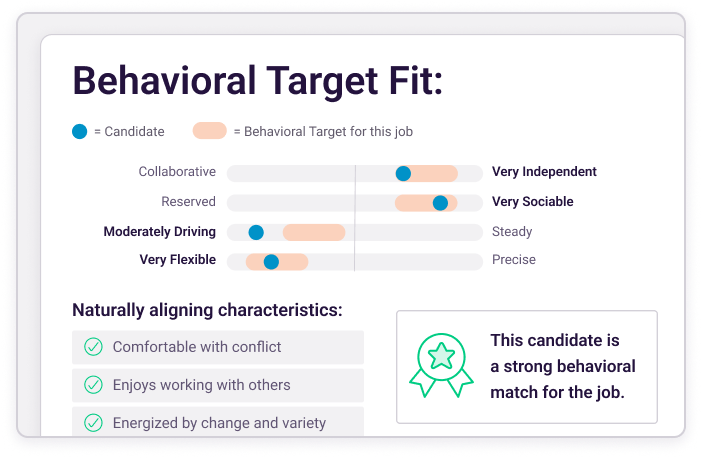If you didn’t get the chance to attend the May 19 webinar, Rethinking Your Business Strategy with Talent Optimization, read this blog post to get key takeaways from each speaker you can implement immediately at your own organization.
Key takeaway #1: Organize your talent for adaptability.
JD Conway, Head of Talent Acquisition at BambooHR: “We’ve built our teams knowing that there would be ups and downs in the market. In practice, this means diversifying skill sets from the moment people start by having them partake in a variety of cross-departmental projects. This helps employees build a broad foundation and keeps them engaged.”
James Parker, Sr. Manager of Global Talent Acquisition at Glassdoor: “If you can afford to, now is the time to poke holes in existing processes and question why you do the things you do.”
Key takeaway #2: Use talent optimization as a framework for making responsible business and talent strategy changes.
Jackie Dube, SVP of Talent Optimization at PI: “I’ve closely worked with my senior team to enact the talent optimization framework in our own company. At its core, there are four disciplines within talent optimization: Design, Hire, Inspire, and Diagnose.
Before COVID-19, we focused heavily on the Hire aptitude. But now, we’ve pivoted to Diagnose and Inspire. These two disciplines focus on employee engagement and motivation and making sure your teams are structured in a way that still gets the business where it needs to go.”
Key takeaway #3: Don’t assume you know what everyone wants.
James Parker: “The biggest thing you’ve got to do is not assume you know what everyone wants. Embrace the ‘village’ mentality, because no one should go through this alone.”
Mike Fitzsimmons, CEO of Crosschq: “None of us are experts in pandemic management. We’re all doing the best we can.”
Key takeaway #4: Implement no-meeting zones to prevent meeting fatigue.
Jackie Dube: “Because working remotely doesn’t give us the opportunity to do desk drive-bys for quick chats, we’ve found ourselves holding many more meetings. As a remedy to that, we’ve designated daily no meeting zones at 10 a.m., 12 p.m., and 2:30 p.m. This way, people have time to take care of kids, walk the dog, etc.”
Key takeaway #5: Have measures in place to listen and inspire your workforce.
Carolyn Betts, CEO of Betts Recruiting: “We have 78 people at our company, which is a much more manageable number to roll out employee engagement tactics. We do things like Wellness Wednesdays, where everyone from 4 p.m. onwards goes and does something for themselves. We have weekly all-hands, lunch and learns, game nights, anything to keep positivity alive.”
Next steps
If you attended the webinar, there was an end slide where I offered a team dynamics training for managers. The point of this training is to help managers who now lead remote teams understand how best to manage each individual.
If you want to learn more about it, click the link below.
